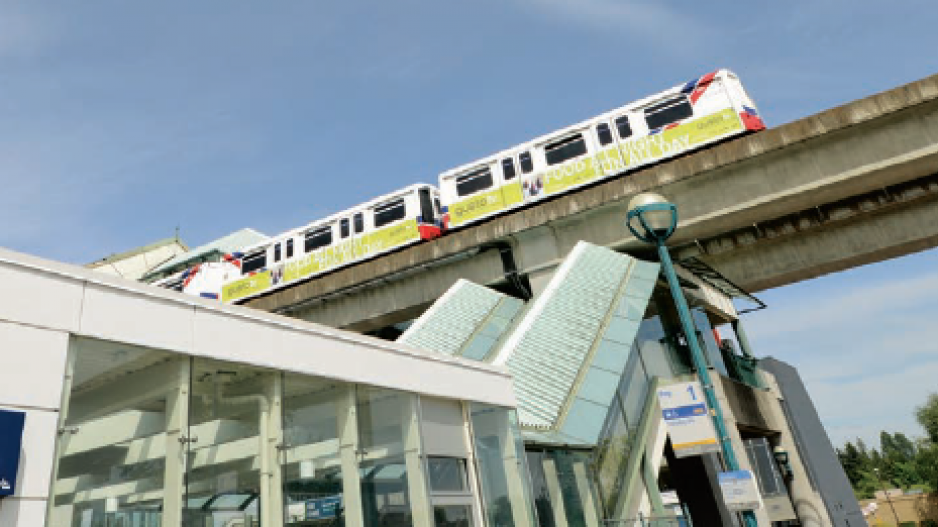Fears of a Metro Vancouver office market slowdown in 2015 appear to be unfounded.
True, until 2014’s third quarter (according to Colliers International), vacancies were rising, absorption of space was negative and landlords’ need to make concessions to secure tenants was a hot topic. But entering 2015, the market is in good shape.
The post-Olympic slump that was forecast was inconsequential, and even in the aftermath of the financial crisis, Bentall 5 sold twice over at benchmark prices.
“We didn’t see anything, even though there was a financial meltdown,” said Mark Chambers, executive vice-president of Jones Lang LaSalle (JLL) in Vancouver. “I tend to be, ‘Boy, this went well.’”
Now, with four new buildings and a handful of smaller projects set to add 1.8 million square feet to the market this year – with commitments promising 90% occupancy on opening – Chambers said there’s little cause for pessimism.
“Historically, every time we’ve seen a construction boom we’ve seen a few really good years of positive absorption. So is this cycle going to be any different? I don’t think so.”
Given the time since the last new tower completed downtown, Chambers added that the buildings have market dynamics on their side. They aren’t entering a falling market, but one where there’s pent-up demand for new space and sufficient confidence among tenants to lease it.
“There’s demand for better product,” he said. “People didn’t have that breathing room. I think you’ve got growth in the economy now – you’ve got growth in the digital media, technology area.”
The real tension in the market appears to be between the core and a periphery increasingly defined by transit lines.
The Broadway corridor, a market once defined as the two-block-wide swath running along Broadway between Cambie and Burrard streets, now encompasses everything outside downtown, in the opinion of many brokerages.
Avison Young and JLL both include Marine Gateway, at the south foot of Cambie Street, within the area, as well as Bentall Kennedy LP’s Broadway Tech Centre at the city’s eastern edge. Both developments sit adjacent to rapid transit stations, infrastructure that has redefined how many tenants view the region and its relation to the core.
Transit lines are like the spokes of a wheel whose hub is downtown, Bentall Kennedy vice-president Jeff Rank said. Transit connections let companies stay close to the core without limiting them to conventional space.
But he’s skeptical as to whether non-core locations are rising to dominance or simply complementing core locations. His reading of the numbers – from the standpoint of a company with projects in both segments of the market – is that location remains key.
“We focus an awful lot on public transit and SkyTrain as the be-all and end-all of future office space demand,” Rank said. “But I think we do that without fully recognizing that that’s one variable in usually at least a half-dozen, if not a dozen, other variables.”
JLL’s regular Rapid Transit Index underscores that projects within 500 metres of a transit station typically enjoy higher rents and lower vacancies – but exceptions exist. The most recent edition notes that Metrotower III in Burnaby and Anvil Centre in New Westminster both completed with just 17.8% leased.
Rank feels Broadway Tech Centre has maintained its appeal because of its key location between the Burnaby market – where it was once classified – and the Vancouver core.
Downtown remains appealing because it offers an established package of amenities that’s still evolving in many other markets.
“It ticks every box,” Rank said. “Now that we’ve added some new supply and given people some opportunities, I think downtown stands to continue to perform well.” •




